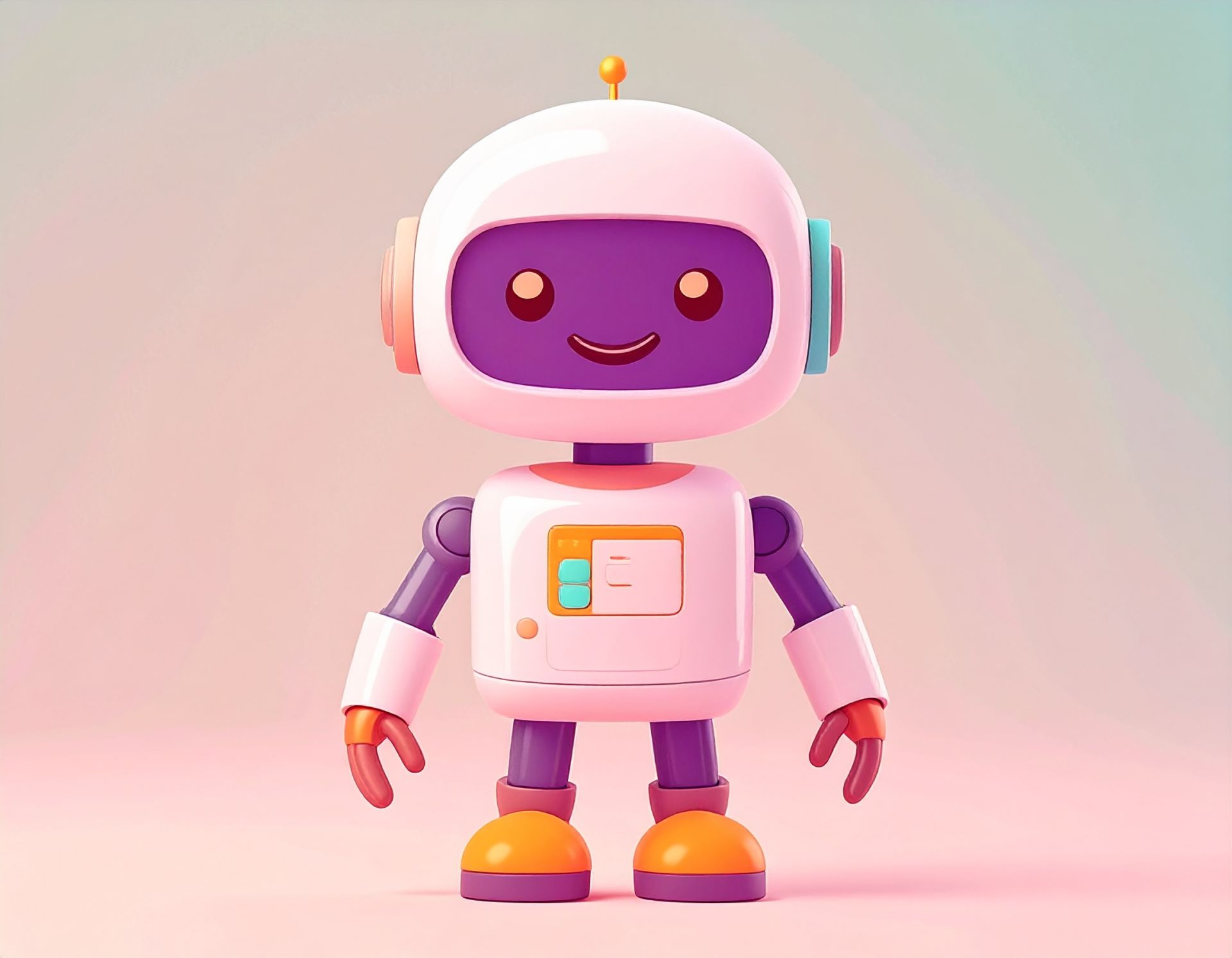A couple of days ago, the Department for Education released official guidance and free training on the use of generative AI in schools.
It’s a clear message to the sector: AI is here to stay and schools, trusts, and educators need the knowledge and confidence to engage with it.
This is a welcome step. The guidance sets out:
- What generative AI is and how it works
- How it can be used in education
- Risks, legal considerations, and the importance of staff training
- Policy templates for schools to begin shaping their approach
For school leaders and teachers still finding their way with AI, this national guidance offers clarity, structure, and reassurance.
But like many pieces of national policy, it also leaves space for further work, especially at the classroom level, where the real implementation happens.
Practical Use Still Needs Attention
The DfE guidance is strong on principles. But when it comes today-to-day educator use, the real questions often sound more like this:
- How do I get started using AI to save time as a teacher or nursery practitioner?
- What tools are safe and actually useful for planning or communication?
- Can I use AI to support EYFS reporting without compromising on quality or data safety?
- What’s the difference between all these tools and which one fits my setting best?
These are the types of questions I hear regularly, not just in early years education, but increasingly across all phases.
They’re not about whether AI should be used to replace teachers or automate learning (it shouldn’t). They’re about how AI can be aprofessional support tool: something that helps staff do their work more efficiently and creatively, while keeping pedagogy and relationships at the centre.
Practical AI Use for Educators: Starting Points That Work
For many, the biggest value of AI isn’t in the classroomwith learners, but in the planning, communication, and admin that surround high-quality teaching and care.
Here are just a few ways educators across all phases are already using AI effectively:
- ✏️Planning support– Drafting weekly planning outlines, generating ideas linked to topics or developmental stages, or personalising resources
- 🗣️Parent communication– Helping write sensitive but professional updates, newsletters, or reports, especially for time-poor staff
- 🧾Report writing and observations– Turning bullet-point observations into polished narrative summaries or spotting trends in reflective logs
- 📑Policy and documentation– Drafting templates for staff handbooks, risk assessments, or curriculum overviews
- 💡Creative spark– Offering ideas for provocations, book-linked activities, or topic webs when energy is low and deadlines are close
Each of these uses supports educators not by replacing professional judgment, but by reducing repetitive tasks and freeing up time for the work that matters most: teaching, relationships, and reflective practice.
What they all have in common is that they arelow-risk, high-impactuses of AI when used thoughtfully, ethically, and with clear boundaries.
From Awareness to Application
The DfE guidance brings something the sector has needed: a shared starting point. It sets expectations around safety, policy, and ethical use.
But turning that awareness into confident, practical use will take:
- Context-specific examples
- Training built around real tools and tasks
- Space to move from beginner understanding to confident, thoughtful application
That’s where we see the conversation heading and where we believe the next wave of professional development will grow: not justwhatAI is, buthoweducators can use it in ways that are safe, time-saving, and deeply aligned with their purpose.
Let’s Keep the Focus on Practice
This isn’t about replacing teachers or putting AI in front of children. It’s about empowering educators with practical, ethical tools that make their jobs easier and keep their energy focused on what matters most.
So yes, we should celebrate the DfE’s leadership in starting this conversation.
But we also need to keep talking about what comes next.
If you’re an educator experimenting with tools, thinking about policies, or just wondering where AI might fit into your daily practice we'd love to hear your thoughts.
Let’s keep this grounded, practical, and human.
References
Department for Education. (2025).Generative Artificial Intelligence (AI) in Education: Guidance and Training. UK Government. Retrieved June 2025, fromhttps://www.gov.uk/government/publications/generative-artificial-intelligence-in-education/generative-artificial-intelligence-ai-in-education#using-ai-safely-and-effectively
Chartered College of Teaching. (2024).Professional Standards for Educators: Using AI Responsibly. Retrieved fromhttps://chartered.college/
Future of Education Commission. (2024).Artificial Intelligence in Schools: Challenges and Opportunities. Education Policy Institute.https://epi.org.uk/publications/ai-in-schools-report
Office for Standards in Education (Ofsted). (2024).Digital Technologies and AI in Education: Emerging Insights. Retrieved fromhttps://www.gov.uk/government/organisations/ofsted




